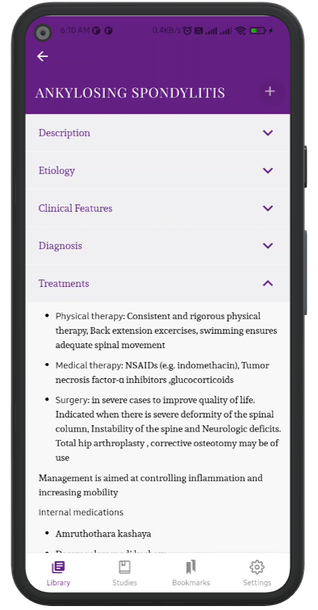ALCOHOL USE DISORDER
Description
- A chronic disease characterized by uncontrolled drinking and clinically significant psychosocial and behavioural problems associated with alcohol use
- Alcoholism is the inability to control drinking due to both physical and emotional dependence on alcohol. Alcohol dependence syndrome is a cluster of physiological, behavioural, and cognitive phenomena in which the use of a substance or a class of substance takes on a much higher priority for a given individual than other behaviours that once had greater value
- AUD is a chronic condition in which an uncontrolled pattern of alcohol use leads to significant physical, psychological, and social impairment or distress. Symptoms of withdrawal emerge when drinking is discontinued
- It accounts for > 3 million deaths per year worldwide and the Peak incidence of onset is in the late 2nd or early 3rd decade
Types
- Whole-body: blackout, dizziness, shakiness, craving, or sweating
- Behavioural: aggression, agitation, compulsive behaviour, self-destructive behaviour, or lack of restraint
- Mood: anxiety, euphoria, general discontent, guilt, or loneliness
- Gastrointestinal: nausea or vomiting
- Psychological: delirium or fear
- Also common: physical substance dependence, problems with coordination, slurred speech, or tremor
Complications:
- Delirium tremens(DT) – Most severe alcohol withdrawal syndrome. It occurs within 2-4 days of complete or significant abstinence from heavy alcohol drinking. It happens in about 5% of patients and requires emergency care
- Alcoholic seizures: Generalized tonic-clonic seizures occur in about 10% of alcohol dependence patients, usually 12-48 hours after a heavy bout of drinking. Sometimes status epilepticus may be precipitated
Differential diagnosis
- Alcohol Intoxication
- Alcohol withdrawal
Investigation
- Clinical diagnosis is done based on DSM 5 or ICD 11 criteria.
- Laboratory investigations: GGT( gamma-glutamyl transferase), MCV, LFT are the markers used to detect dependence.
- MAST (Michigan Alcoholism Screening Test), AUDIT-C and CAGE questionnaire are used to screen and rate the severity of the condition.
Laboratory tests
- Acute alcohol intoxication: High BAC( Blood alcohol concentration )
- Chronic alcohol intoxication
- Liver damage
- ↑ GGT (a most sensitive marker of alcohol abuse)
- ↑ ALT, ↑ AST
- (AST levels are at least 2 times higher than those of ALT in case of alcoholic hepatitis).
- Carbohydrate-deficient transferrin (CDT) is the most specific marker for AUD. For CDT levels to become elevated, approximately 50–80 g of alcohol must be consumed daily for 1–2 weeks.
- Malnutrition and bone marrow damage
- ↓ Folic acid, ↓ vitamin B12 (cobalamin), ↓ vitamin B1 (thiamine), ↓ vitamin B6 (pyridoxine), ↓ vitamin D, ↓ vitamin K
- Megaloblastic anaemia (↓ Hb, ↑ MCV), thrombocytopenia
Treatments
- Counselling
- Psychosocial support (e.g., Alcoholics Anonymous)
- Satwavajaya chikitsa
Internal medicines:
- Kharjuradi mantha –to control withdrawal symptoms
- Ajamodarka –improves appetite and reduces withdrawal symptoms
- Sankhupushpi + yashti churna
- Drakshadi kashaya –Associated agitation, irritation and anxiety.
- Samana snehapana - Dhatryadi ghrita, kalyanaka ghrita , tiktaka ghrita
- Somalatha choorna – In sleep disturbances
Procedures:
- Snehapana - Dhathryadi / Tiktaka Ghrita
- Vamana / Virechana depending on rogibala
- Yogavasti
- Nasya with ksheerabala taila
- Takra dhara or Usheera kashaya dhara
- Sirolepa - improve sleep and reduce irritability
Department
Manasika Roga

